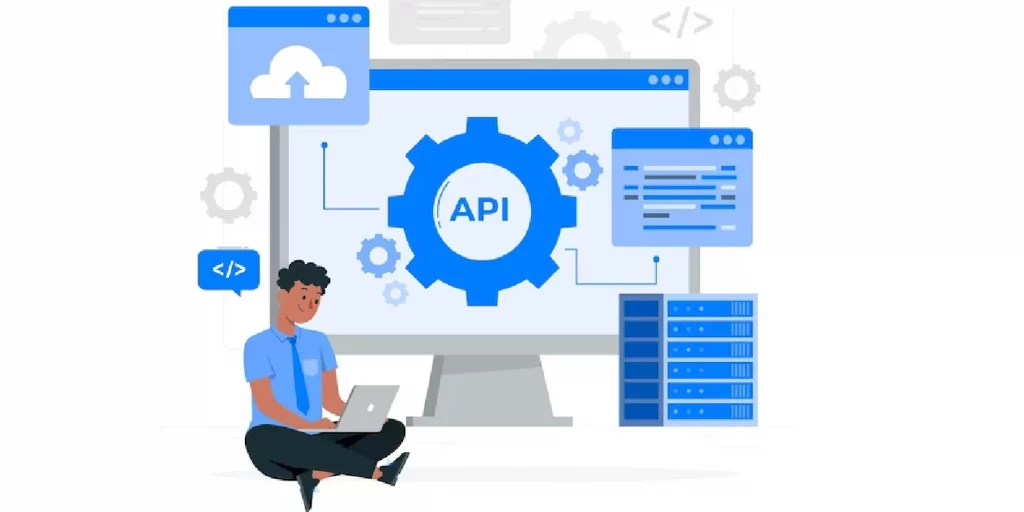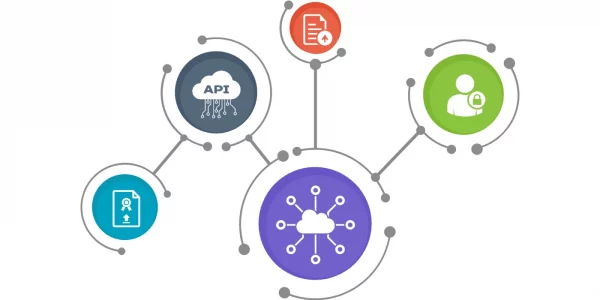API Endpoint Monitoring is a crucial aspect of modern software development and operations. It ensures that the endpoints of an Application Programming Interface (API) are functioning as expected and providing the necessary data and services to the intended users. In this article, we will delve into the details of API Endpoint Monitoring, its significance, and the various methods and tools used to implement it effectively.
What is API Endpoint Monitoring?

API Endpoint Monitoring refers to the process of regularly checking and verifying the availability, performance, and functionality of the endpoints within an API. An API endpoint serves as a communication channel between different software applications, allowing them to exchange data and perform specific actions. Monitoring these endpoints ensures that they are working correctly and meeting the defined requirements.
Why is API Endpoint Monitoring Important?
APIs have become the backbone of modern software systems, enabling seamless integration and interaction between different applications. Any disruption or malfunctioning of API endpoints can have severe consequences, leading to poor user experience, data loss, and even financial losses. By implementing API Endpoint Monitoring, organizations can proactively identify and resolve issues before they impact users or the business.
Benefits of API Endpoint Monitoring
- Early Detection of Issues: API Endpoint Monitoring enables the early detection of issues such as downtime, latency, or error responses. This allows development and operational teams to take immediate action and minimize the impact on users.
- Improved Reliability: By continuously monitoring API endpoints, organizations can ensure that their services remain reliable and perform as expected. This enhances customer satisfaction and builds trust in the platform.
- Enhanced Performance: Monitoring API endpoints allows organizations to identify performance bottlenecks and optimize the API for better speed and responsiveness. This results in improved user experience and increased efficiency.
- Data-Driven Decision Making: Monitoring API endpoints provides valuable insights into usage patterns, response times, and error rates. This data can be used to make informed decisions regarding infrastructure scaling, capacity planning, and API design improvements.
Implementing API Endpoint Monitoring
To effectively monitor API endpoints, organizations can utilize various methods and tools. Here are some commonly used approaches:
1. Synthetic Monitoring
Synthetic Monitoring involves creating simulated transactions that mimic real user interactions with the API endpoints. These transactions are regularly performed from different geographical locations, and their performance and availability are monitored. Synthetic monitoring provides a holistic view of the API’s health and helps identify issues before they impact real users.
2. Real User Monitoring
Real User Monitoring (RUM) involves capturing and analyzing actual user interactions with the API endpoints. By instrumenting the application, organizations can collect data on user experience, response times, and error rates. RUM provides valuable insights into how the API performs under real-world conditions and helps prioritize improvements based on user impact.
3. Health Checks
Implementing health checks within the API endpoints allows organizations to monitor their availability and functionality. Health checks are lightweight requests that verify the API’s basic functionality, such as responding to a specific endpoint or returning a predefined response. Regularly performing these checks helps ensure that the endpoints are operational and meeting the defined requirements.
4. Error Monitoring
Monitoring and analyzing error logs generated by the API endpoints can provide valuable insights into potential issues or bugs. By implementing an error monitoring system, organizations can identify recurring errors, track their impact, and prioritize their resolution. Error monitoring helps improve the overall reliability and quality of the API.
Choosing the Right Monitoring Tool
Selecting the right monitoring tool is crucial for effective API Endpoint Monitoring. Here are some factors to consider when choosing a tool:
- Ease of Use: The monitoring tool should be user-friendly, allowing developers and operations teams to set up monitoring quickly and easily.
- Alerting and Notification: The tool should provide customizable alerting and notification mechanisms, ensuring that teams are promptly informed of any issues or anomalies.
- Integration Capabilities: The monitoring tool should seamlessly integrate with existing systems and provide comprehensive visibility into the API endpoints’ performance and availability.
- Scalability: As the API usage grows, the monitoring tool should be able to scale and handle increased traffic and monitoring requirements.
To make use of it, you must first:
- Go to Uptimeapicloud and simply click on the button “Start monitoring with 30-day Free Trial” to start using the API.
- After signing up in Uptimeapicloud, you’ll be given your personal Trail. Click on the Monitors option.
- Click on the New Monitor button and add the API details with the API name and URL.
- Once you are done, make the API call by pressing the button “Create” and see the results on your screen.
Conclusion
API Endpoint Monitoring plays a vital role in ensuring the reliability, performance, and functionality of API endpoints. By proactively monitoring these endpoints, organizations can detect and resolve issues before they impact users or business operations. Various methods and tools, such as synthetic monitoring, real user monitoring, health checks, and error monitoring, can be utilized to implement API Endpoint Monitoring effectively. Choosing the right monitoring tool is crucial for successful implementation. API Endpoint Monitoring is an essential practice that should be an integral part of any organization’s software development and operations strategy.
Read More: Stay Online with API Availability Alerts

